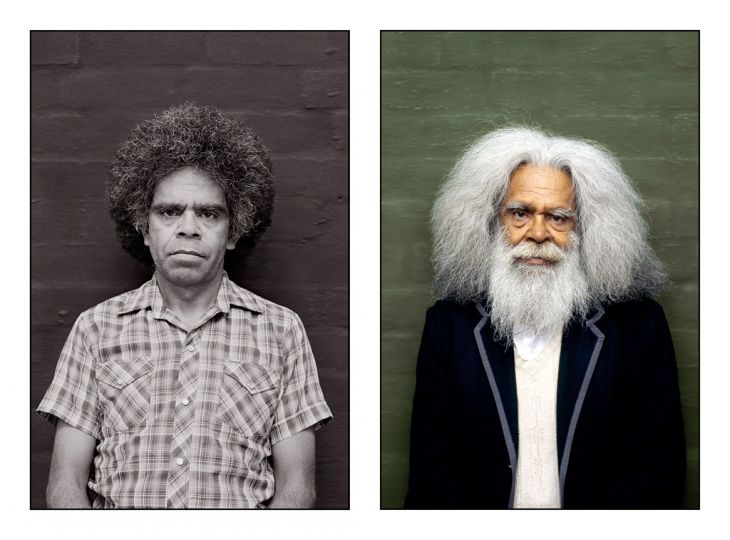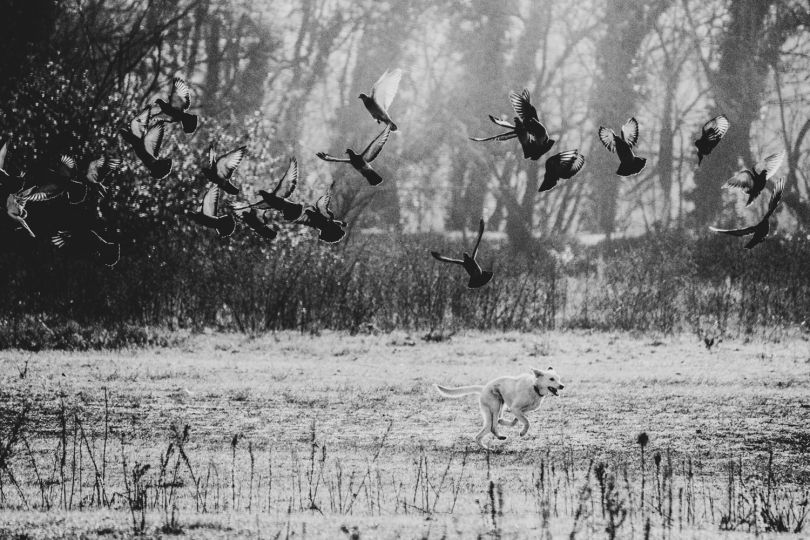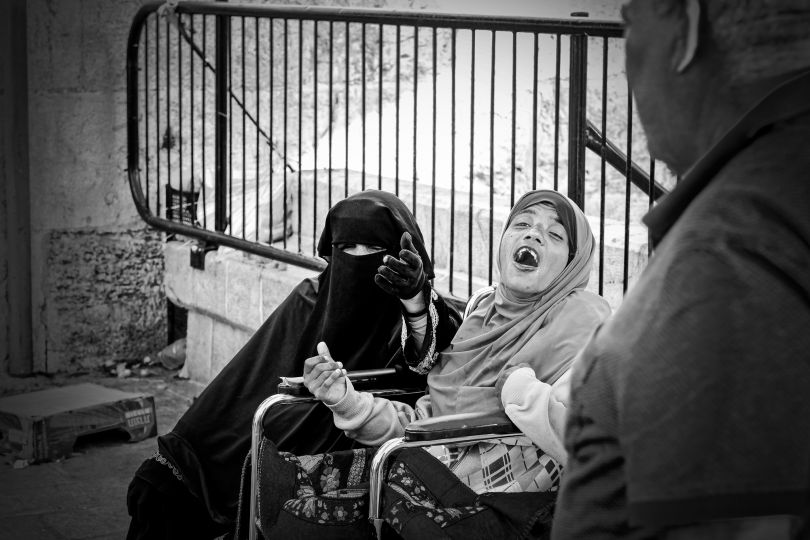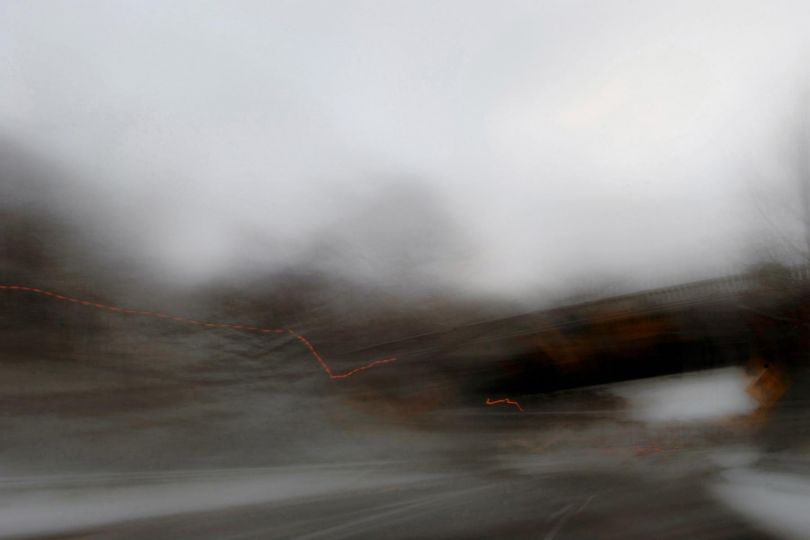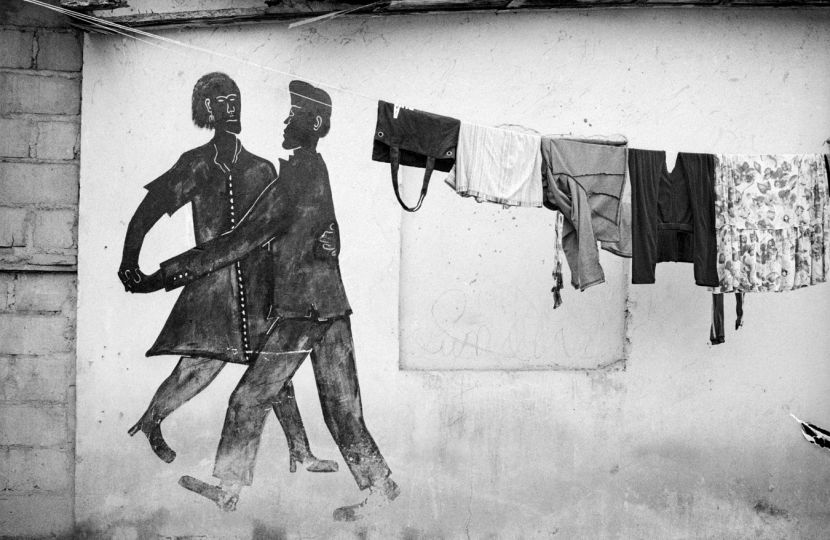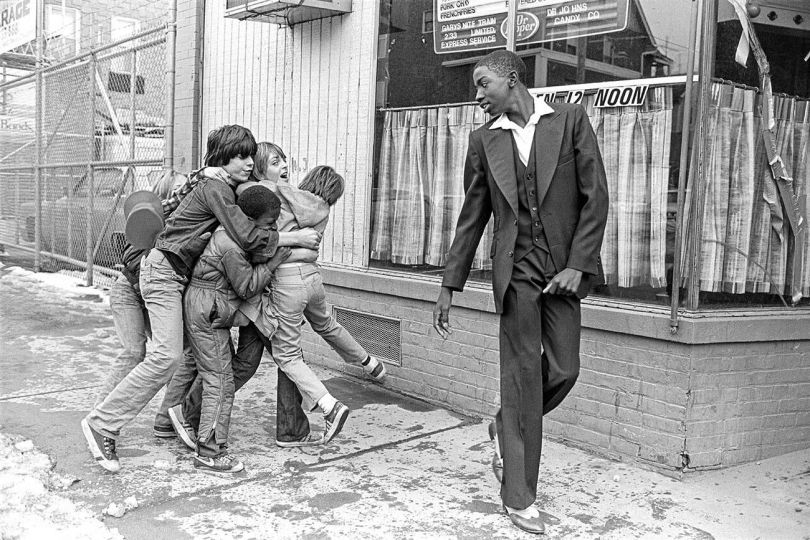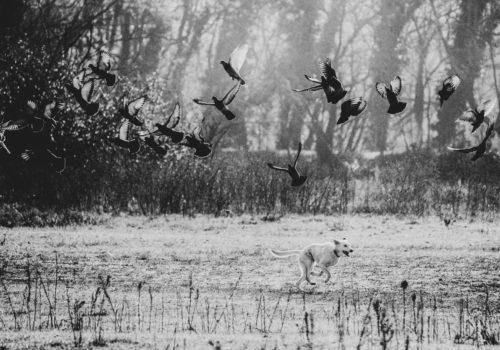Australian photographer Rod McNicol has made a 36-year career out of a singular vision; to take portraits in the 19th Century ‘stare back’ style. Now a major survey of his work, ‘Memento Mori’, is on show in Melbourne.
McNicol was one of the early students of the now infamous Prahran College of the Arts in Melbourne. In its heyday in the seventies, and under the tutelage of one of the most creative, and unorthodox teaching staff, Prahran encouraged its students to genuinely think outside the box. But after a semester at Prahran McNicol decided the College environment wasn’t for him. “I knew I’d be locked into this obsession and I was right. Three and a half decades later and I’m still there”.
In his short time at Prahran McNicol made important contacts that led him to co-found The Photographer’s Gallery in Melbourne with filmmaker Paul Cox, a former teacher at the College and photographer John Williams. The Photographer’s Gallery, which is now defunct, “was a locus and the means whereby Australians, working at home, could gain credibility overseas,” to quote Tony Perry, a former teacher at Melbourne’s Photography Studies College, in 1980.
Out on his own McNicol rented a “daylight studio” in the inner Melbourne suburb of Fitzroy, where he still practices today. “I’m a serious village elder of this area now,” he laughs telling that the neighbourhood has changed dramatically in the 36 years he’s been in the studio. Like other dilapidated, but colourful inner city suburbs, the gentrification brush has swept through Fitzroy too. Spaces like McNicol’s studio add flavour to a suburb that is at risk of becoming too vanilla and losing its Bohemian cache. But while he watches new apartment blocks replace old shops and arcades on the street where his studio sits McNicol wonders how much longer he’ll be able to stay; “my work is etched into these walls” he laments.
It was here in Fitzroy that McNicol started taking photographs of his peers, images that became part of his early body of portraiture work, and some of which form the basis to the double portrait series on exhibition. “They were very stark, very black and white and framed identically and quite ruthlessly,” he says.
Work from this period has been shown in Australia and also overseas, but McNicol is largely unknown outside the insular art photography scene here.His story is not dissimilar to another Australian photographer, Max Pam. Lauded in Europe, and France in particular, Pam is somewhat ignored in his homeland. McNicol expresses his empathy. He tells, “The French get me. They took to my photographs quite readily because I was not just referencing the history of portraiture in photography. I was also drawing on imagery that came outside art – criminology, mug shots and also phrenology”. McNicol’s leaning towards the bizarre, creates an ambience of intrigue that appeals to the French sensibility in art and the Bibliotheque Nationale in Paris counts McNicol’s portraits in its collection.
Looking Back
The title of his exhibition ‘Memento Mori,’ is Latin for a symbolic reminder of the inevitability of death. McNicol says it reflects the origins of his “obsession” with a particular type of portrait photography. “I came into photography when it was more social documentary, generally speaking. But I was always fascinated by 19th century photography especially portraits where people were staring back into the camera”.
While 19th Century portraiture was dictated to by slow shutter speeds and cumbersome equipment, McNicol came to the genre at a time when he could have pursued a range of styles. “But I really love the engagement you get from that look back (from the sitter) and that look back in the 19th Century was never far away from one’s mortality”.
McNicol, who is now 67 years old, has spent his career in this “obsessively singular way.” He labels his work, “Anti-portraiture because when you think about the thrust of most great portraiture, they are trying to express all sorts of things about the personality of the sitter. But the territory I go into I am stripping all that back and creating nothing but this look back into the camera”.
‘Memento Mori’ presents a selection from McNicol’s oeuvre, but the centrepiece is his series of double portraits that have been taken at intervals of 20 years or more in the same studio, against the same wall. For some sitters it must have been a déjà vu moment. These double portraits are presented with the original black and white image on the left side and the more current portrait on the right shot in colour.
There is one portrait in this series that most definitely evokes ‘Memento Mori’; the portrait where the sitter appears only in black and white, with the corresponding colour panel blank. Allegorically this photograph quietly says ‘I was here for a time and now I’m gone,’ but all of these works talk about the passage of time. “That’s a crucial image in the series,” says McNicol. “The fact that we age, we change and that I’m hinting at a fate that is awaiting all of us”.
The exhibition at MGA has given McNicol the opportunity to look at his life’s work in one room. “It was a rather bizarre thing for me because you can see how singularly obsessive I have been all the way through. It is really evident. I’ve had to swim through a lot of cross currents in art theory through that time and I’ve stuck to my singular vision despite the changes and I’m glad I have”.
As with many artists life has been a series of financial feasts and famines, with grants and prize money from prestigious awards such as the National Photographic Portrait Prize, which he won in 2012, funding his work. But photography was never going to be a commercial pursuit for McNicol, it is too closely entwined with the very fibre of his being. “I chose not to work professionally in photography because I want to keep loving photography. I can’t speak the language of the advertising world, my passion has been completely of its own making,” he shares.
“I wanted to make my portraits from life around me and fortunately at the time I started in photography life around me was pretty vital. I did a series of portraits of my peer group – actors, artists, writers, junkies – all of us outsiders really.”
I tell him the overriding impression I have from viewing his portraits is that the sitter is very present. He agrees. “Extremely present. That’s a dangerous thing in a way. I do know that when you walk into a room with my portraits looking back at you it is quite a demanding thing to look at”.
As our interview comes to a close McNicol says, “When you have someone quietly in front of your camera looking back at you, even though in the way I’ve done my work I may be removing questions of personality and gesture, what you do end up with is a very engaging look back into another human being. It is a strange territory to keep going back to”.
EXHIBITION
Memento Mori
Rod McNicol
From June 12th to 31 August, 2014
Monash Gallery of Art
860 Ferntree Gully Road
Wheelers Hill (Melbourne)
Australia
Also current exhibition: The road: photographers on the move 1970-85

